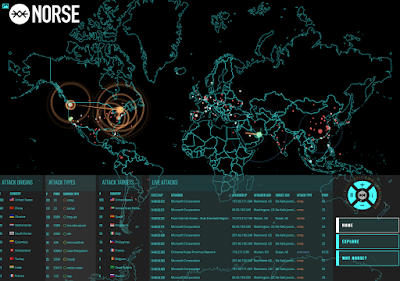Attack of the tools!
As part of my last post that showed who was attacking who around the globe, in this post I will focus on the recent ransomware attacks. I’m pretty sure we’ve all heard in the news of the WannaCry ( https://en.wikipedia.org/wiki/WannaCry_ransomware_attack ) and Nyetya ( http://blog.talosintelligence.com/2017/06/worldwide-ransomware-variant.html ) attacks and the devastating effects that this has caused to corporations and people around the globe. For those that don’t know, these would be attackers would try to gain access to your computer system by exploiting a vulnerability in an un-patched Windows operating system. The attackers would then encrypt your system rendering your files useless until you pay the ransom, hence ransomware, for the decryption key. These payments are usually in the form of bitcoin and it is nearly impossible to track who these attackers are and you are never guaranteed to get the decryption key after paying the ransom. So, as part of any data protection strateg...

